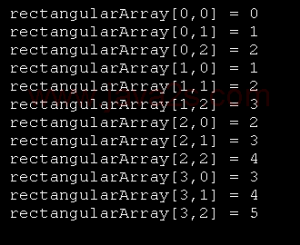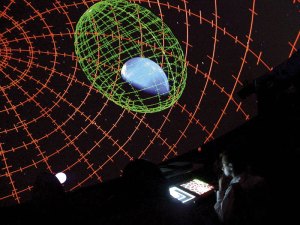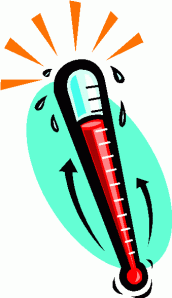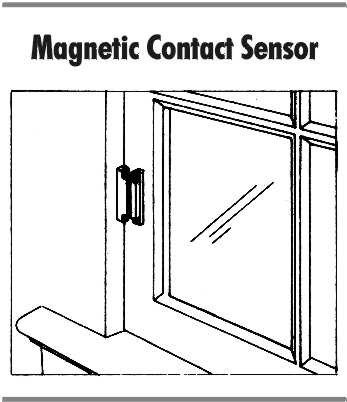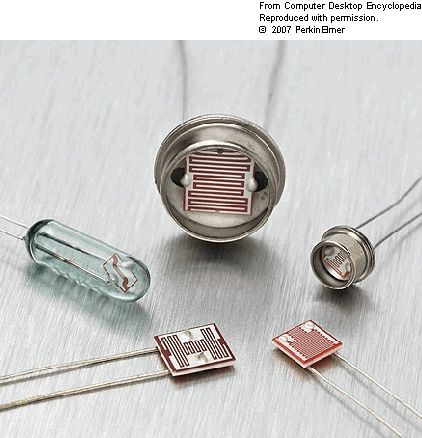Algorithms-2
Algorithms-2
Hi;
Today i am going on algorithms lessons on lots of exercises , more we do practice on algorithms , more we get the knowledge !
ARRAYS
You may need to make some works done more times in a program.We use arrays or loops to do this.The work goes till counter reaches the value we need.
Ex1).:write an algorithm that prints “KEMAL ATATURK” FOR FİVE TİMES!
1.BEGIN
2.i <–0
3.i <–i+1
4.PRINT “KEMAL ATATURK”
5.IF (i<5) GO A3
6.STOP
—-
Ex2).: print the numbers interval 1-10 with algorithms.
1.BEGIN
2.i <–0
3i <–i+1
4.PRINT i
5.IF (i<10) GO A3
6.STOP
—-
Ex3).: find an algorithm that add first 10 number and print the result.(1-10)
1.BEGIN
2.i <–0 T <–0
3.i <–i+1 T<–i+T
4.IF (i<10) GO A3
5.PRINT T
6.STOP
—-
Ex4).: add odd numbers from 1 to 10 and print it in algorithm.
1.BEGIN
2.i<–1 T<–1
3.i<–i+2 T<–i+T
4.IF (i<9) GO A3
5.PRINT T
6.STOP
—–
Ex5).: add even numbers from 1 to 10 and print it in algorithm
1.BEGİN
2.i<–0 T<–0
3.i<–i+2 T<–T+i
4.IF (i<10) GO A3
5.PRINT T
6.STOP
—–
Ex6).: find total value and multiplication value of the numbers in 1-120 interval and print it in algorithm
1.BEGIN
2.i<–0 T<–0 M<–1
3.i<–i+1
T<–T+i M<–i*M
4.IF (i<120) GO A3
5.PRINT T,M
6.STOP
—–
Ex7).: find average value of odd numbers in the interval 1-10 and print it in algorithm
1.BEGIN
2.i<–1 T<–1 N<–1
3.i<i+1 T<–T+i N<–N+1
4.IF (i<9) GO A3
5.A<–T/N
6.PRINT A
7.STOP
—–
Ex8).: find average value of the numbers in the interval 1-13 and print it in algorithm
1.BEGIN
2.i<–0 T<–0 N<–1
3. i<–i+1 T<–i+T N<–N+1
4.IF (i<13) GO A3
5.A<–T/N
6.PRINT A
7.STOP
—–
Ex9).: find average value of odd and even numbers in the interval 1-10 and print it in algorithm
(we will use “mode application in math” for this question to make it easy.)
1.BEGIN
2. i<–0 CT<–0 TT<–0 CA<–0 TA<–0
3.i<–i+1
4.IF i MODE 2 =0 CT<–CT+i , CA<–CA+1
IF i MODE 2 =0 TT<–TT+i , TA<–TA+1
5.IF (i<10) GO A4
6. CORT<–CT/CA TORT<–TT/TA
7.PRINT CORT,TORT
8.STOP
—-
Ex10).: the algorithm to find the average of the first and the last number of which 99 is entered from the keyboard
1.BEGIN
2.SCAN “ENTER A VALUE”,A
3.i<–1
4.i<–İ+1 SCAN “ENTER A VALUE”,B
5.IF (i<99) GO A4
6.RESULT <–A/B
7.PRINT RESULT
8.STOP
—–
Ex11).: find algorithm:find the average value of fifth number to eighth number in eight number.
1.BEGIN
2.i<–0
3.i<–i+1
4.SCAN i “.VALUE”,VALUE
5.IF i=5 A<–VALUE
6.IF (i<8) GO A3
7.AVER<–A/VALUE
8.PRINT AVER
9.STOP
—–
Ex12).: we will enter a value bigger than zero,then we will print them all till we reach our value.find the algorithm
1.BEGİN
2.SCAN “GİVE A VALUE BİGGER THAN ZERO”,A
3.İF (A<0) PRİNT “ERROR” , GO A2
4.PRİNT A
5.A<–A-1
6.PRINT A
7.IF (A<0) GO A5
8.STOP
—–
Ex13).: find the cube of the numbers in the interval 1-50 and find the total value of them and print.
1.BEGIN
2.i<–1 T<–1
3.i<–i+2
4.T<–T+i^3
5.IF (i<49) GO A3
6.PRINT T
7.STOP
——
Ex14).: find square value of 1-n numbers and print the total value of them.
1.BEGIN
2.SCAN “ENTER A VALUE”,N
3.i<–0 T>0
4.i<i+1
5.T <–i^2+T
6.IF (i<N) GO A4
7.PRINT T
8.STOP
That’s all for today,see you !
Robotics-2 Sensors
SENSORS
What the sensor sense ? how it sense it ? how it process it ? how it uses it ?
# you must consider the task/tasks of robot,the best sensor type to sense it,the best mechanical design that will allow robot to use its sensory information to perform the task
Machine perception
True world –>Sensing device–>Signal processing—>Control system
#Everything that the human sense can do without the handicaps (glasses);
Vision outside the rgb spectrum,active vision (radar and optical range sensor measurement),hearing outside the 20 hz-20 khz range,chemical analysis beyond the taste and smell,radiation neutron pozitron alfa….
——————————————-
Transduction to Electronics
Thermistor: temperature-to-resistance
Electrochemical: chemistry-to-voltage
Photocurrent: light intensity-to-current
Pyroelectric: thermal radiation-to-voltage
Humidity: humidity-to-capacitance
Length: position-to-inductance
Microphone: sound pressure-to-<anything>
——————————————–
Transduction to vision
Thermometers: temperature-to-length
Barometers:air pressure-to-length
Scales:weight-to-angle
Humidity:hair curl-to-angle
Indicator dyes:chemistry-to-color
Photo film:light/radiation-to-silver density
Speedometers:velocity-to-angle
————————————————————————-
Characterizing the Sensor Performance
i will share some basic knowledge that everyone in robotics will need to understand .
#Sensitivity : Minimum input change to result in output change
#Cross sensitivity : Variation with other changes like temperature
#Error / accuracy : difference between the real value and the generated value
Accuracy=1- (m-v)/v
#Noise : Most sensors generates measurement that are contaminated by noise
1)systematic noise : errors that could be modelled for example through calibration
2)random noise : errors that can not be predicted .Typically modelled in a probabilistic fashion
Processing Properties
Sensors dont provide states,sensors provide signals,processing converts signals to states;
Processing ;
#Electronics : measure voltage going through a circuit on a switch
#Signal processing : recognize a voice, separate it from the noise
#Computation : edge detection of objects in an image ,followed by object recognition
Sensor Types and Measurements
1)contact →bump, switch
2)distance →ultrasound, radar, infrared (IR)
3)light level →photo cells, cameras
4)sound—>levelmicrophones
5)strain →strain gauges
6)rotation →encoders
7)magnetism compasses
8)smell →chemical
9)temperature →thermal, infrared
10)inclination →inclinometers, gyroscopes
11)pressure →pressure gauges
12)altitude →altimeters
i finish my lesson with a funny video , have fun 🙂
-
Yeni
-
Bağlantılar
-
Arşivler
- Ağustos 2011 (1)
- Temmuz 2011 (1)
- Ocak 2011 (1)
- Aralık 2010 (2)
- Kasım 2010 (4)
- Ekim 2010 (6)
- Eylül 2010 (7)
- Ağustos 2010 (9)
-
Kategoriler
-
RSS
Entries RSS
Comments RSS




